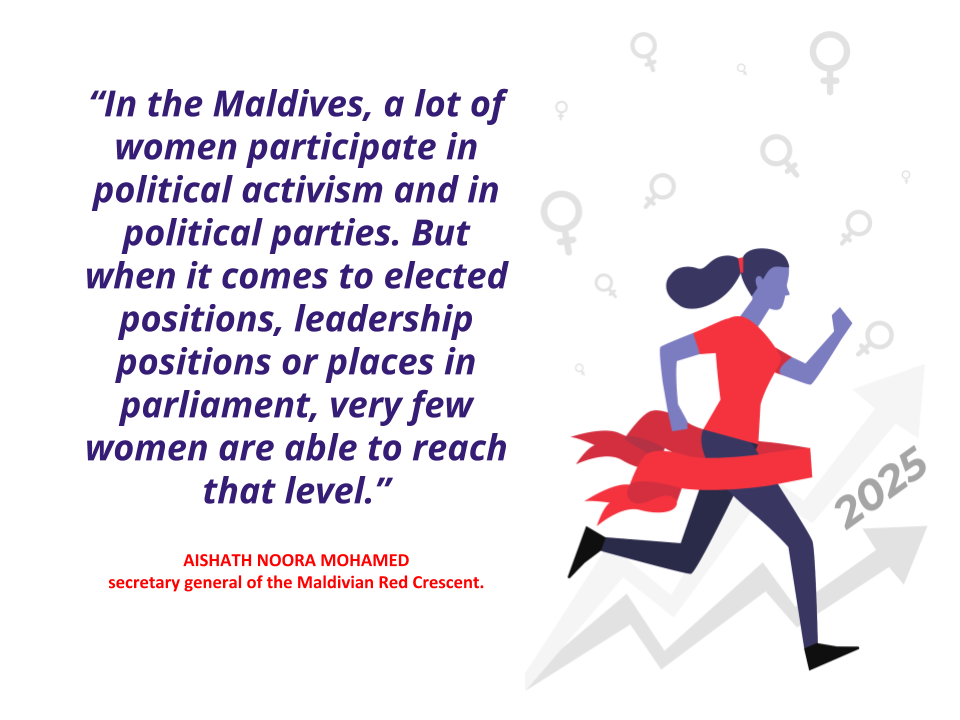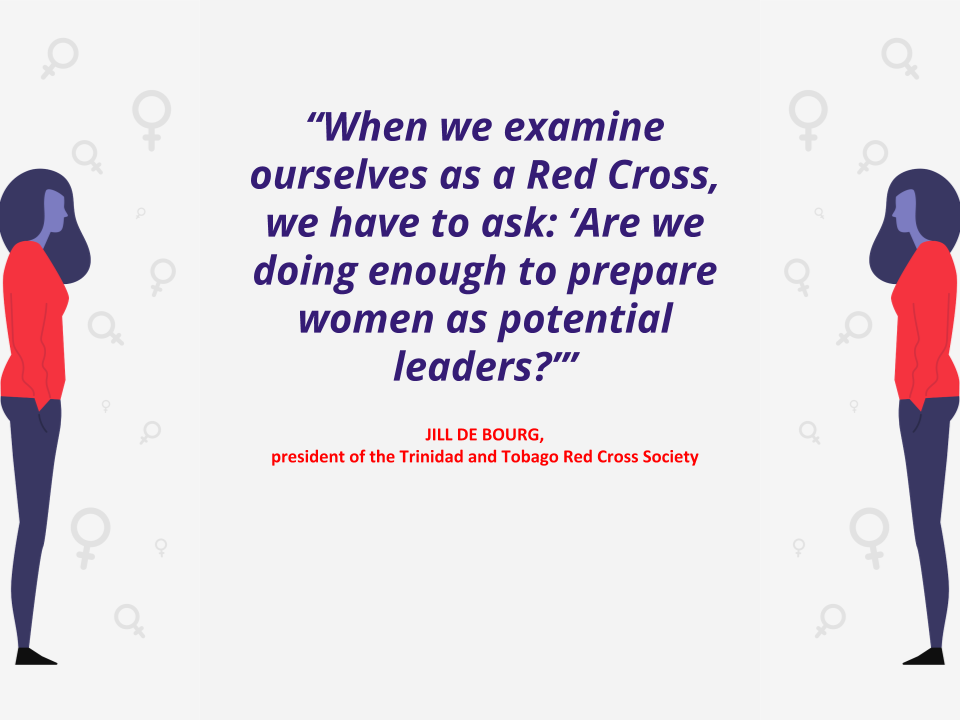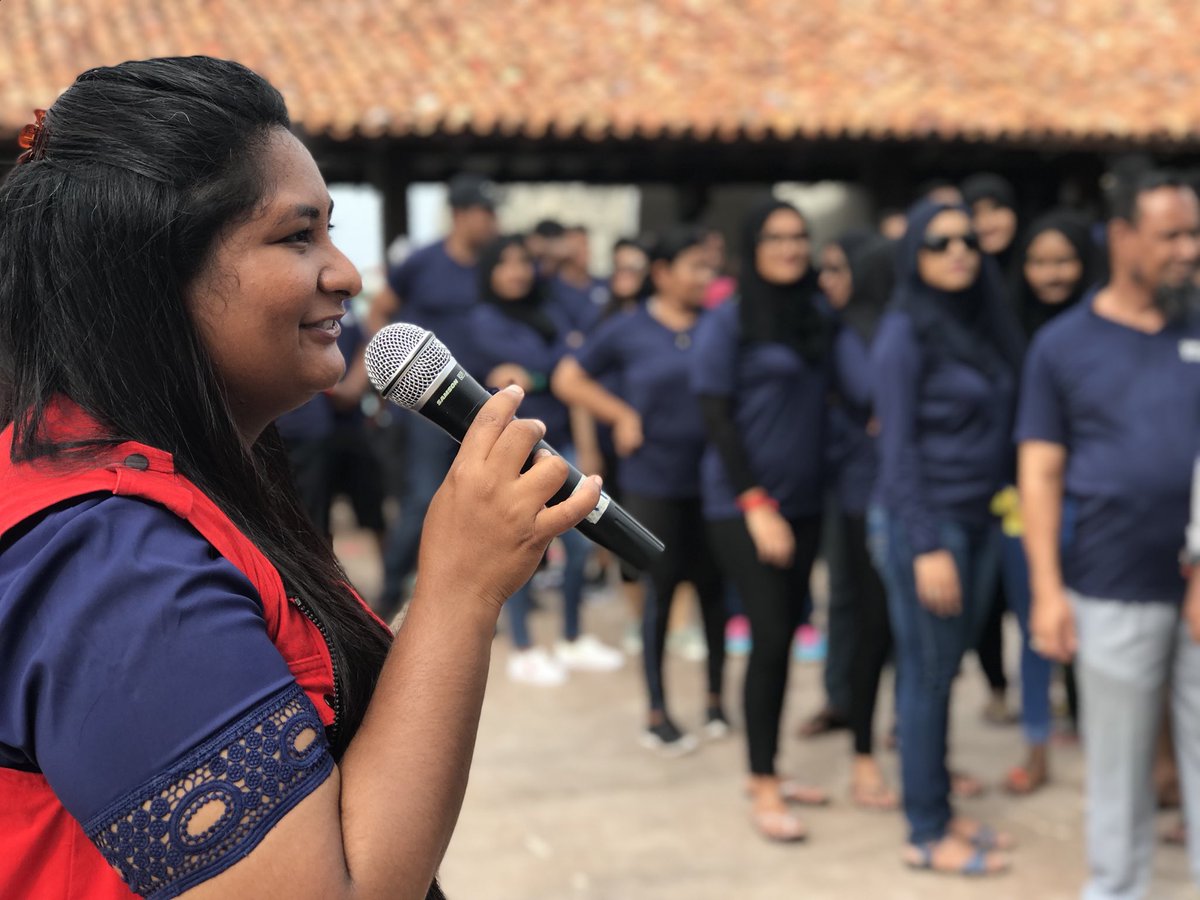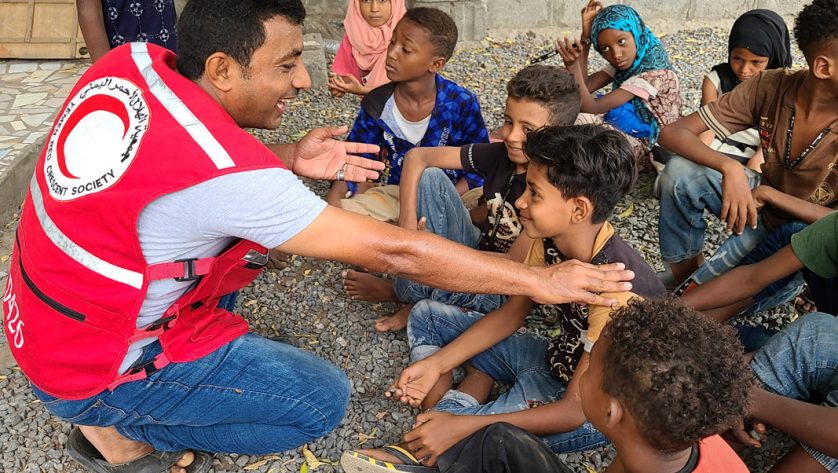“When I started, humanitarian work was all about boots and ropes and mud,” she says. “And the pool of people that humanitarian organizations recruited from tended to be firemen, military police and those kinds of professions.”
It was no surprise, then, that the vast majority of her colleagues and bosses at that time were men. Now president of the Swedish Red Cross with a long resumé that includes several high-level positions at the United Nations and the IFRC, Wahlström has seen many fundamental shifts in the way humanitarians work over the decades.
In recent years, for example, the sector has emphasized the role that local communities play in their own recovery and far more attention is paid to issues of less visible vulnerabilities, such as gender-based violence and the psychological well-being of people impacted by crisis.
That said, relief organizations are as big as ever and humanitarian organizations still fill their ranks with military or civil protection professionals due to their expertise in logistics, emergency response and disaster preparedness.
“Still today, women are the minorities in those professions, which tend to have very particular cultures,” she says. “The good news is that more countries are ensuring that women are included in these groups.”
This is only one reason why senior positions in humanitarian organizations are still largely filled by men. But it provides some insight into a key challenge facing the humanitarian sector: how to bring gender parity between men and women into management, high-level posts and governance?
Like other sectors — business, civil service or elected bodies — humanitarian organizations generally reflect the state of gender biases of the societies around them. Consider the case of Red Cross or Red Crescent National Societies, says Aishath Noora Mohamed, secretary general of the Maldivian Red Crescent.
“In the Maldives, a lot of women participate in political activism and in political parties,” she says. “But when it comes to elected positions, leadership positions or places in parliament, very few women are able to reach that level.”
As an example, only 6 per cent of the seats in the Maldivian parliament are held by women. “Then again, in the civil service sector, where women are usually employed and get jobs on a merit-based system, we see that around 60 per cent are women,” Noora Mohamed says. “They are more in middle management or lower levels, rather than in decision-making or leadership positions.
“When I look at the Maldivian Red Crescent, I see a similar reflection,” she says. “More women than men work as management, staff or volunteers or serve as members. When we look at volunteer response teams, we see equal numbers of men and women.
 Red Cross Red Crescent magazine
Red Cross Red Crescent magazine 









 Tech & Innovation
Tech & Innovation Climate Change
Climate Change Volunteers
Volunteers Health
Health Migration
Migration